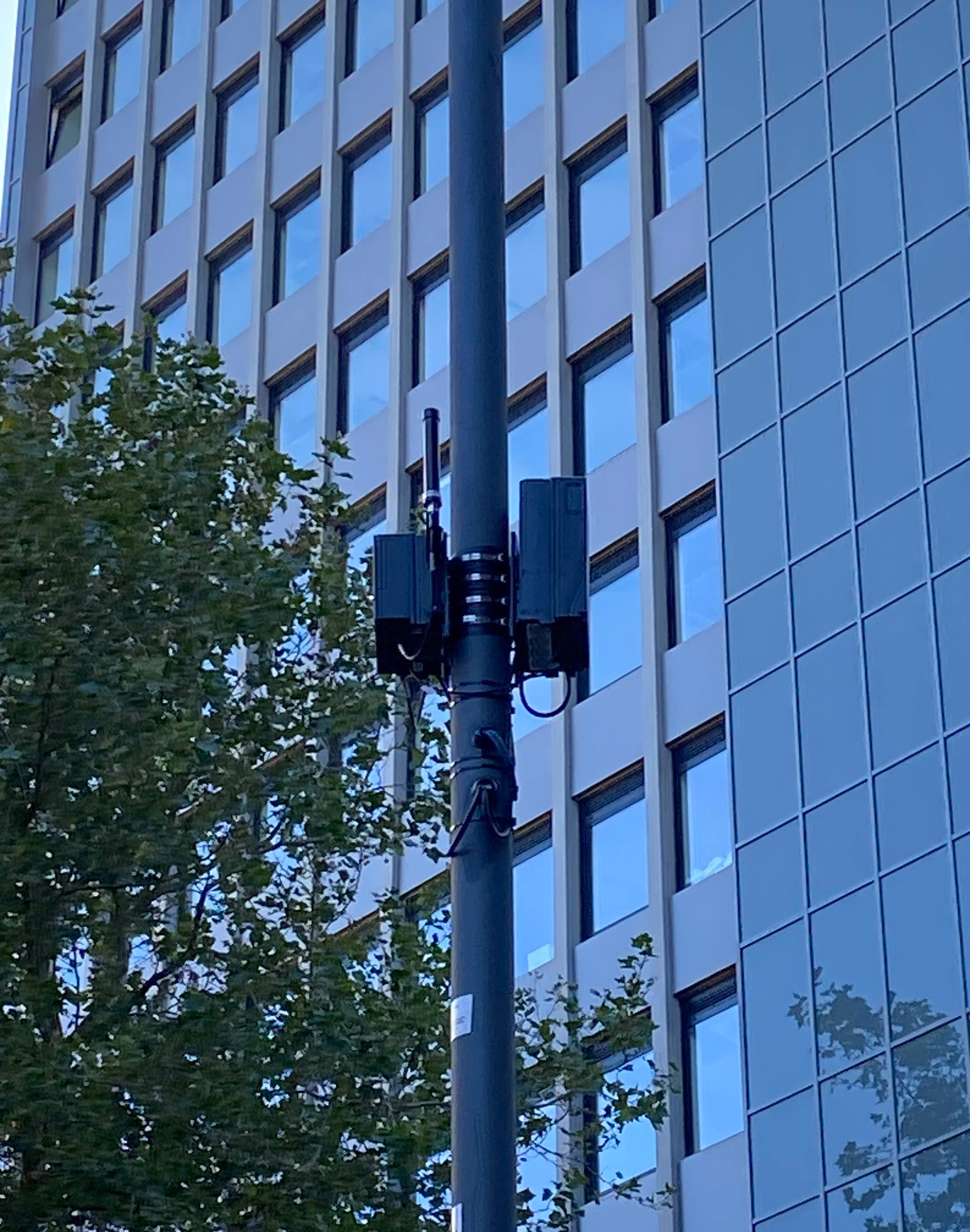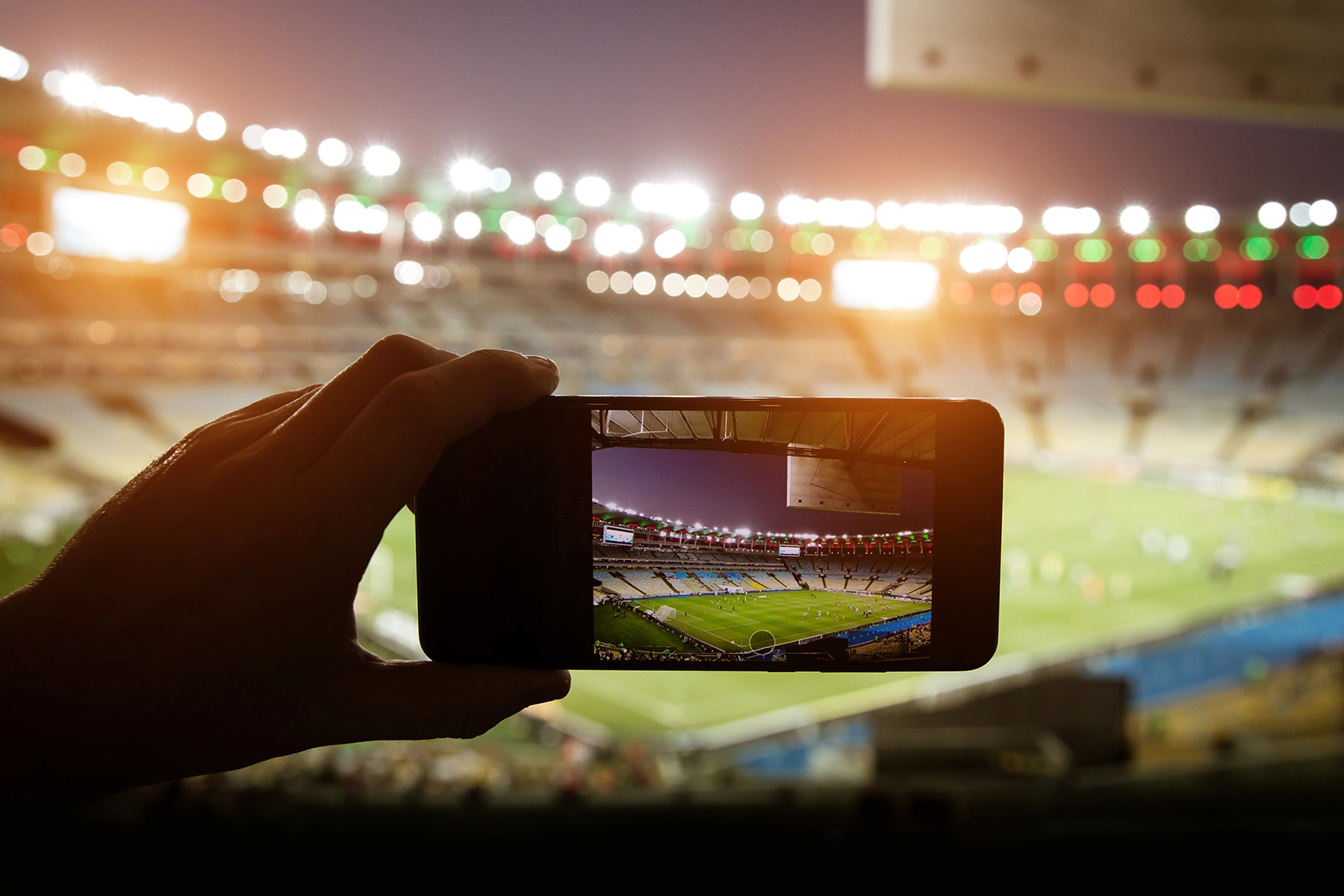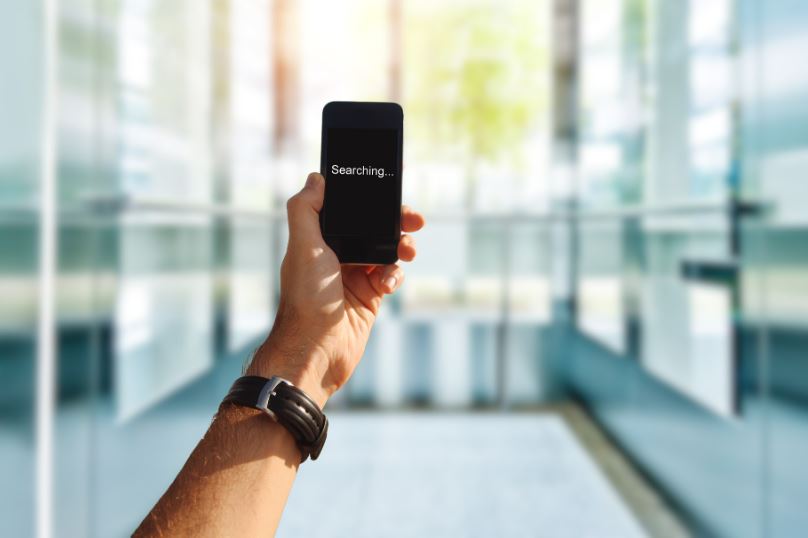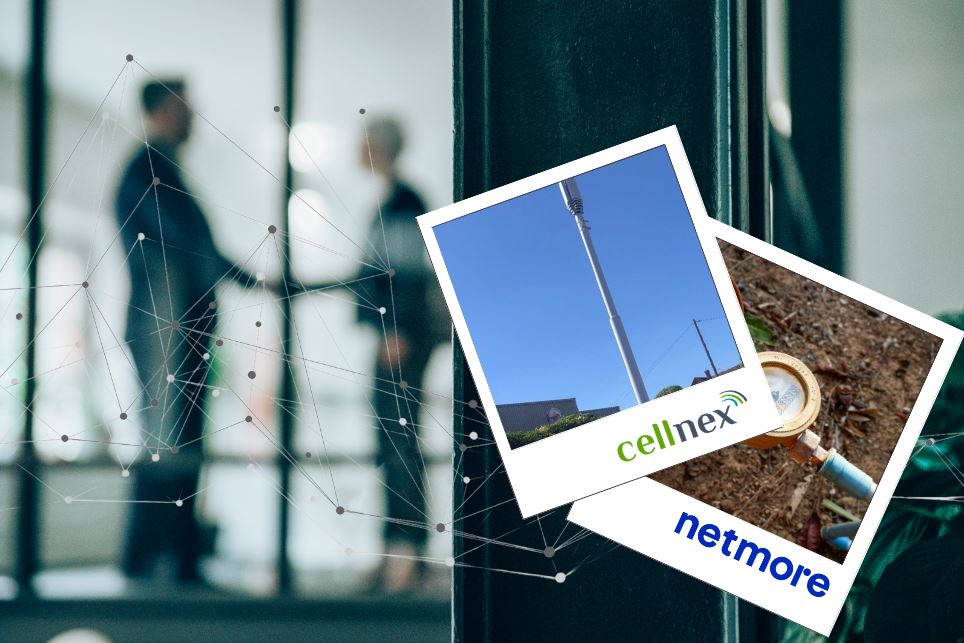Mediacentre

- 31 Jan 2024
- ·
- UK
The difference between 4G and 5G connectivity
Lightning-fast data, ultra-low latency and increased capacity. 5G connectivity, the fifth generation of mobile technology, is here. It’s being rolled out across the UK now and promises significant benefits over 4G connectivity – for users and businesses.
But what actually is 5G, how is it different from 4G connectivity and more importantly, does the reality live up to all the hype?
What is 4G Connectivity?
All generations of wireless technology – first to fifth – are wireless cellular (mobile) standards defined by the International telecommunication Union (ITU). Each generation builds on the one before and, through a significant evolution of the technology, offers users improved voice quality and faster data speeds.
Commercially launched in the UK in the early 2010’s, fourth generation (4G) mobile phone technology was something of a watershed. For the first time, users could take advantage of true broadband speeds and services on their mobile devices.
Based on Internet Protocol (IP) – the same underlying technology powering the internet – 4G connectivity provides high-speed data transfer over mobile phone networks. Theoretically, 4G can reach download speeds in the region of 100Mbps, and upload speeds of around 50Mbps. In reality, most mobile users experience download speeds of around 20-30Mbps. Certainly enough to support higher bandwidth services like video streaming on the go.
4G connectivity also offers lower latency than previous generations. This reduces the delay in transmission of ‘data packets’ and gives users a much smoother experience when using real-time applications like video calling and online gaming. But while it’s great for a wide range of consumer apps, 4G connectivity isn’t fast enough to reliably and consistently deliver the kind of data-rich applications and innovations today’s businesses need. For that, you need 5G connectivity.
What is 5G Connectivity?
5G connectivity is the latest, commercially available generation of mobile technology. It offers faster and more reliable mobile data connectivity than previous generations. And it’s creating a lot of excitement. With good reason.
5G can theoretically reach speeds of tens of gigabytes. Right now though, average download speeds are between 75-200Mbps, with peak speeds reaching as much as 750Mbps. At this upper end, 5G connectivity is faster than most fibre-based fixed line internet connections.
Exact speeds vary between networks. But even at the lower rate, 5G connectivity is certainly enough to support high-bandwidth, data-intensive business applications. For example, 5G has applications across industries – from supporting connected and automatous vehicles in the auto sector to connecting remote control and industrial internet of things (IoT) applications in manufacturing, logistics and much more.
As well as lightning fast speeds, 5G connectivity offers ultra-low latency, much greater capacity, increased reliability and more.
What are the differences between 5G connectivity vs 4G connectivity?
As we’ve already seen, there’s a significant speed gap between 4G and 5G connectivity. There are other significant differences too.
Coverage
As the more mature technology, 4G coverage is naturally more widespread. According to industry watchdog OFCOM, outdoor 4G coverage across the UK sits at around 99%. This figure is based on people being able to access 4G signals ‘outside premises’.
There are, however, significant geographic variations in 4G coverage.
In Scotland, for example, the ‘outside premises’ figure is around 99%. A lower percentage of its actual landmass is covered by 4G connectivity though. Remote or mountainous areas remain under-serviced by the technology. Across the UK, rural communities do a little worse than urban populations – with 4G coverage percentages falling into the 70s and 80s in the countryside.
When it comes to 5G, deployment programmes are in full flow, but coverage is far from ubiquitous. Again, it’s the larger towns and cities that do better.
While UK mobile operators are working hard to expand 5G coverage, it will take time. Antenna and tower infrastructure needs to be updated – a costly and logistically complex operation. So It’s hard to predict when 5G connectivity will reach 4G coverage levels.
Latency
If 4G offers low latency, 5G provides ultra-low latency. And, as we’ve already touched on, it’s important.
Latency is a measure of the time it takes (or the delay) for data to travel back and forth between the device and the server it’s connected to. The shorter the delay, the better. 4G’s latency figures are typically between 30–50 milliseconds. 5G’s much quicker, with latency as little as 1 millisecond.
This lack of delay means 5G networks support the kind of applications a 4G network would struggle to deliver. Things like remote surgery. In a 5G world, surgeons can perform procedures using robotic-assisted techniques – without having to be in the same room as the patient.
Other applications include ever-more sophisticated online, augmented reality and virtual reality gaming, autonomous vehicle control and a range of industrial applications. In short, anything that needs a real-time response.
Capacity
Capacity is a critical factor in determining the mobile network’s performance and its corresponding ability to meet user demand. Should capacity be under pressure, networks become overloaded; resulting in slow or interrupted data sessions and/or dropped calls.
Capacity issues are particularly common in high footfall areas when large numbers of users are connecting simultaneously. For example, in busy city centres, in transit hubs such as railway stations or in stadia during concerts or sporting events.
There are multiple factors determining capacity – from spectrum planning and management, through network architecture to traffic management and prioritisation technology used in base stations and antennas.
5G is designed to provide much higher capacity than 4G connectivity, and is capable of using a broader range of frequency bands, including the higher-frequency millimetre-wave (mm Wave) spectrum. This increased spectrum availability supports more simultaneous connections and faster data transfer – effectively increasing or optimising existing capacity.
5G networks also incorporate Massive Multiple-Input Multiple-Output (MIMO) technology. Massive MIMO further enhances network capacity by allowing multiple data streams to be transmitted simultaneously on the same frequency.
What technologies does 5G Connectivity use?
In addition to Massive MIMO technology, 5G connectivity uses a combination of advanced techniques to deliver high-speed, low-latency, reliable mobile communication. These include:
OFDM
Orthogonal Frequency Division Multiplexing (OFDM) is a modulation technique used in many mobile technologies, including both 4G and 5G networks. It’s used to transmit data over channels more efficiently and reliably.
Network Slicing
5G also introduces the concept of network slicing. Here, the network can be divided into virtual networks or “slices” that are optimised for specific applications. These could include slicing for sensor-based Industrial IoT networks, fixed wireless access (FWA) to use 5G as a replacement for conventional home or business broadband, or for robotics-based precision manufacturing. Each slice can have its own characteristics: different capacity levels, latency, and security requirements best suited to the use case.
Small Cells
As mobile generations evolve, it’s not just the technology that’s changing. The landscape is too. In today’s crowded urban environments, Small Cells are delivering 5G coverage and capacity where it’s needed most – at street level.
Now an essential part of the 5G ecosystem, these unobtrusive, low-power and easy to deploy base stations can be installed on street furniture (lamp posts, bus stops), in digital advertising signage and on dedicated assets such as street poles.
How can Cellnex help with 5G connectivity for your business?
At Cellnex UK, we can turn your 5G vision into reality – delivering seamless connectivity inside your building with our In-Building Solutions for always-on, secure 5G connectivity, and through our range of Telecom Infrastructure Services.
Visit our homepage to find out more, or contact us today, and we will help find the best 5G solution for you.



























